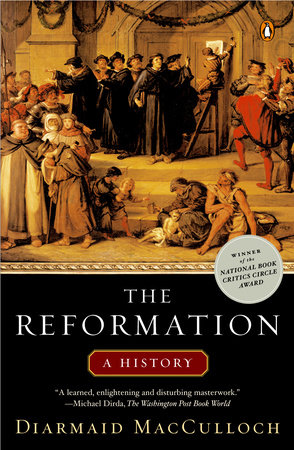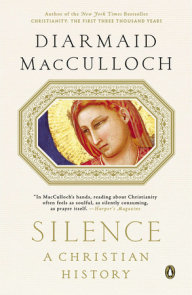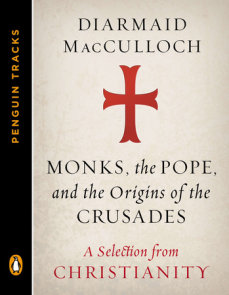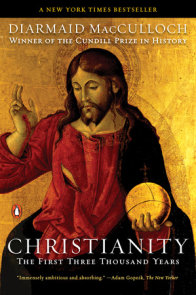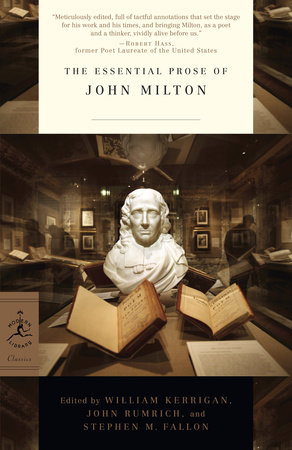

The Reformation
By Diarmaid MacCulloch
By Diarmaid MacCulloch
By Diarmaid MacCulloch
By Diarmaid MacCulloch
Category: European World History | Religion
Category: European World History | Religion

-
$26.00
Mar 25, 2005 | ISBN 9780143035381
-
Mar 25, 2005 | ISBN 9781101563953
YOU MAY ALSO LIKE
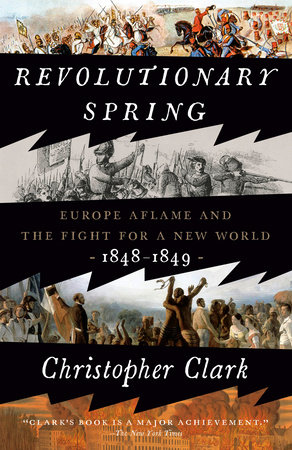
Revolutionary Spring
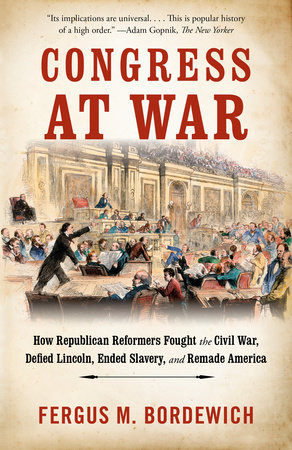
Congress at War

Napoleon
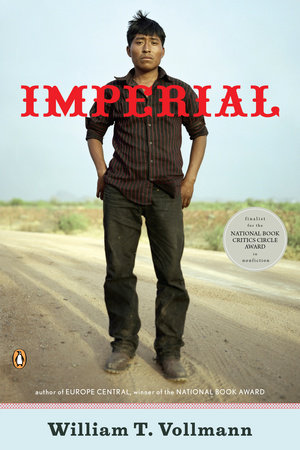
Imperial
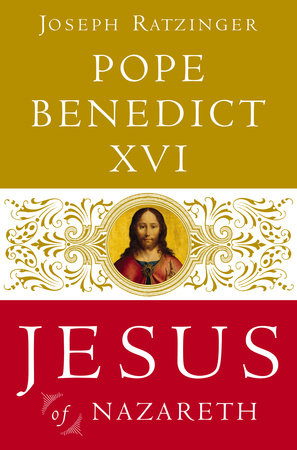
Jesus of Nazareth
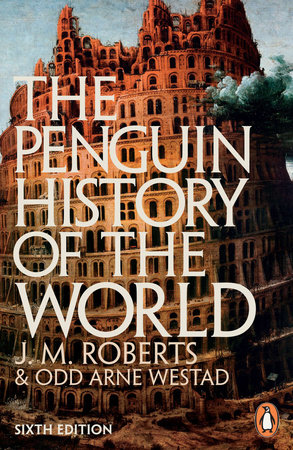
The Penguin History of the World
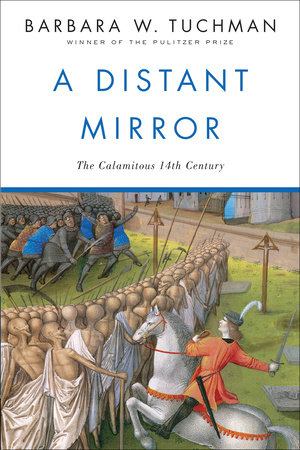
A Distant Mirror
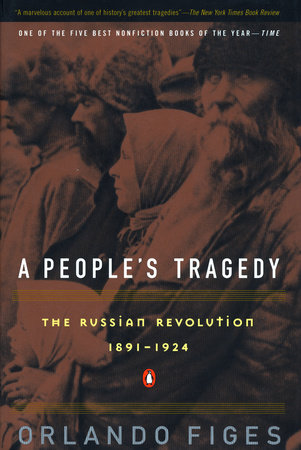
A People’s Tragedy
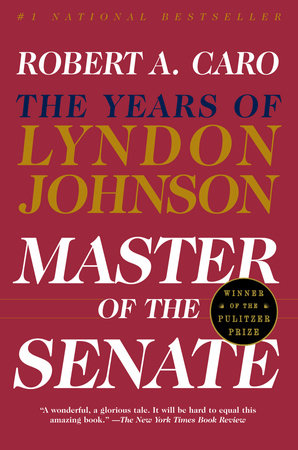
Master of the Senate
Praise
Praise for The Reformation
“This isn’t merely ‘a history’ of the Reformation, but rather ‘the history.’ One would be hard put to imagine a more detailed, even-handed, clearly written account of the religious controversies of the sixteenth century. . . . The Reformation is a learned, enlightening, and disturbing masterwork.”
—Michael Dirda, The Washington Post Book World
“Richly encyclopedic . . . MacCulloch brings the history of the Reformation into vivid focus, providing what must surely be the best general account available.”
—Financial Times
“Monumental . . . The Reformation is set to become a landmark.”
—Lisa Jardine, The Observer
“Handled here with brilliance, this is the kind of history that normally gives even academic historians vertigo.”
—The Economist
“Deserves to become the standard history of early modern Europe religion and its legacy, synthesizing and assessing a quarter-century of international scholarship . . . Like the best of historians, he helps us to understand why we are; and why we need not be so.”
—Ronald Hutton, The Independent
“Wide-ranging, richly layered and captivating . . . This spectacular intellectual history reminds us that the Reformation grew out of the Renaissance, and provides a compelling glimpse of the cultural currents that formed the background to reform. MacCulloch’s magisterial book should become the definitive history of the Reformation.”
—Publishers Weekly (starred review)
“A masterpiece of readable scholarship . . . In its field it is the best book ever written.”
—David Edwards, The Guardian
“From Politics to witchcraft, from the liturgy to sex; the sweep of European history covered here is breathtakingly panoramic. This is a model work of history.”
—Noel Malcolm, Sunday Telegraph
“Excellent . . . There are moments of sheer pleasure. . . . MacCulloch’s well-paced style makes the book seem half its length.”
—Felipe Fernandez-Armesto, The Sunday Times
Awards
Atlantic Monthly’s Best Books WINNER
National Book Critics Circle Awards WINNER
Publishers Weekly Best Books of the Year – Adult WINNER
Wolfson History Prize WINNER
Table Of Contents
Preface and Acknowledgments
List of Illustrations and Maps
Introduction
PART I: A COMMON CULTURE
1. The Old Church, 1490-1517
Seeing Salvation in Church. The First Pillar: The Mass and Purgatory. Layfolk at Prayer. The Second Pillar: Papal Primacy. A Pillar Cracks: Politics and the Papacy. Church Versus Commonwealth?
2. Hopes and Fears, 1490-1517
Shifting Boundaries. The Iberian Exception. The Iberian Achievement: The Western Church Exported. New Possibilities: Paper and Printing. Humanism: A New World from Books. Putting Renewal into Practice. Reform or the Last Days? Erasmus: Hopes, Fulfilled, Fears Stilled?
3. New Heaven: New Earth, 1517-24
The Shadow of Augustine. Luther: A Good Monk, 1483-1517. An Accidental Revolution, 1517-21. Whose Revolution? 1521-22. Evangelical Challenges: Zwingli and Radicalism, 1521-22. Zürich and Wittenberg, 1522-24. The Years of Carnival, 1521-24
4. Wooing the Magistrate,1524-40
Europe’s Greatest Rebellion, 1524-25. Princely Churches or Christian Separation, 1525-30. The Birth of Protestantisms, 1529-33. Strassburg: New Rome or New Jerusalem? Kings and Reformers, 1530-40. A New King David? Münster and It’s Aftermath
5. Reunion Deferred: Catholic and Protestant, 1530-60
A Southern Revival. Ignatius Loyola and the Early Jesuits. Hopes for a Deal: The 1541-42 Crisis. A Council at Trent: The First Session, 1545-49. Calvin in Geneva: The Reformed Answer to Münster . Calvin and the Eucharist: Protestant Divisions Confirmed. Reformed Protestantism: Alternatives to Calvin, 1540-60
6. Reunion Scorned, 1547-70
Crisis for the Habsburgs, 1547-55. 1555: An Emperor’s Exhaustion, a Pope’s Obsession. A Catholic Recovery: England, 1553-58. 1558-59: Turning Points for Dynasties. The Last Session of the Council of Trent, 1561-63. Protestants in Arms: France and the Low Countries, 1562-70
PART II: EUROPE DIVIDED: 1570-1619
7. The New Europe Defined, 1569-72
Northern and Southern Religion. Tridentine Successes. The Catholic Defense of Christendom, 1565-71. Militant Northern Protestants, 1569-72. The Massacre of St. Bartholomew, 1572. Poland 1569-76: An Alternative Future? Protestantism and Providence
8. The North: Protestant Heartlands
Defining Lutheranism: Toward the Formula of Concord. The “Second Reformation” in Germany. Baltic Religious Contests: Poland-Lithuania and Scandinavia . The Northern Netherlands: Protestant Victory. The Northern Netherlands: The Arminian Crisis . A Reformed Success: Scotland. Elizabethan England: A Reformed Church?. Ireland: The Coming of the Counter-Reformation
9. The South: Catholic Heartlands
Italy: The Counter-Reformation’s Heart. Spain and Portugal: King Philip’s Church. The Counter-Reformation as World Mission
10. Central Europe: Religion Contested
The Empire and Habsburg Lands: A Shattered Church. Habsburgs, Wittlelsbachs, and a Catholic Recovery. Transylvania: A Reformed srael. France: Collapse of a Kingdom, 1572-98. France: A Late Counter-Reformation
11. Decision and Destruction, 1618-48
12. Coda: A British Legacy, 1600-1700
New English Beginnings: Richard Hooker and Lancelot Andrews. Early Stuart England: The Church’s Golden Age? War in Three Kingdoms, 1638-60. A Spectrum of Protestantisms, 1660-1700. American Beginnings
PART III: PATTERNS OF LIFE
13. Changing Times
Time Endings. Hearing God’s Voice. Fighting Antichrist: Idols. Fighting Antichrist: Witches
14. Death, Life, and Discipline
Negotiations with Death and Magic. Telling out the Word. Godly Discipline. A Spirit of Protestantism?
15. Love and Sex: Staying the Same
A Common Legacy. The Family in Society. The Fear of Sodomy
16. Love and Sex: Moving On
The “Reformation of Manners”. Catholicism, the Family and Celibacy. Protestantism and the Family. Choices in Religion
17. Outcomes
Wars of Reformation. Tolerating Difference. Crosscurrents: Humanism and Natural Philosophy. Crosscurrents: Judaism and Doubts. The Enlightenment and Beyond
Appendix of Texts: Creeds, Lord’s Prayer, Ten Commandments, and Hail Mary
Notes
Further Reading
Index
21 Books You’ve Been Meaning to Read
Just for joining you’ll get personalized recommendations on your dashboard daily and features only for members.
Find Out More Join Now Sign In






